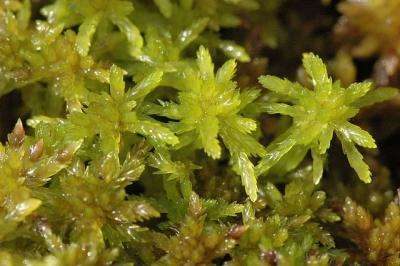Peatlands trap carbon dioxide, even during droughts

Although peatlands make up only 3 percent of the Earth’s surface, they store one third of the soil carbon trapped in soils globally. Preserving peatlands is therefore of paramount importance for mitigating climate change, provided that these vulnerable environments are not themselves threatened by global warming.
To better determine this risk, two French scientists, including Vincent Jassey, a CNRS researcher at the Laboratoire Ecologie Fontionnelle et Environnement (CNRS/Université Toulouse III—Paul Sabatier/INP Toulouse), studied carbon uptake by the two main species of moss that make up the Le Forbonnet peatland in Frasne (Jura). They discovered that when temperatures were high and also during droughts, the two Sphagnum species behaved in opposite ways: Sphagnum medium resists drought, whereas the photosynthesis of Sphagnum fallax is negatively impacted; conversely, in very hot but humid weather, photosynthesis, and thus carbon uptake, in Sphagnum fallax increases, whereas there is a negligible effect on photosynthesis in Sphagnum medium. In both cases, then, the peatland survives.
These results show that peatlands can withstand future climate change, provided they are not disturbed. Making peatland conservation a priority would therefore help to limit the impacts of climate change in the future. The study was published on September 9, 2019 in Global Change Biology.

Comments
Post a Comment